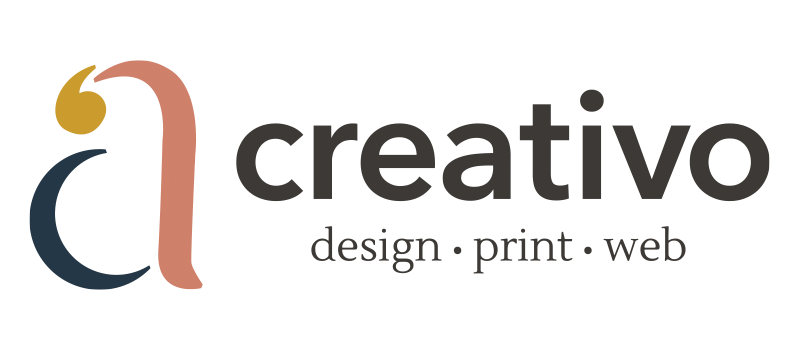Accessibility & Inclusivity
Creativo Advertising strives to ensure that its services are accessible to people with disabilities. Creativo Advertising has invested significant resources in ensuring that our website is made easier to use and more accessible for people with disabilities, with a strong belief that every person has the right to live and work with dignity, equality, comfort, and independence.
Creativo Advertising continues its efforts to constantly improve accessibility of our site and services in the belief that it is our collective moral obligation to allow seamless, accessible, and unhindered use for all people. Despite our efforts to make all pages and content on www.creativoadvertising.com fully accessible, some content may not have yet been fully adapted to the strictest accessibility standard. This may be a result of not having found or identified the most appropriate technological solution. If you notice an oversight and/or have a solution, we would love to hear from you.
Inclusion is of equal importance to us. We pride ourselves on ensuring our services are inclusive and accessible to all regardless of ethnicity, gender, gender identity and expression, religion, or sexual orientation. Additionally, we work with our clients to represent diversity and inclusion in the content we create and share with society. Every person belongs.
Land Acknowledgement
We acknowledge the land we are meeting on is the traditional territory of many nations including the Mississaugas of the Credit, the Anishnabeg, the Chippewa, the Haudenosaunee and the Wendat peoples and is now home to many diverse First Nations, Inuit and Métis peoples. We also acknowledge that Toronto is covered by Treaty 13 with the Mississaugas of the Credit.
Pronunciation
- Anishnabeg: (ah-nish-naw-bek)
- Haudenosaunee: (hoodt-en-oh-show-nee)
- Métis: (may-tee)
What is a land acknowledgement and why do we do it?
A territorial or land acknowledgement involves making a statement recognizing the traditional territory of the Indigenous people(s) who called the land home before the arrival of settlers, and in many cases still do call it home. Indigenous peoples have been acknowledging the land at the start of gatherings, ceremonies and events for time immemorial. With the release of the Truth and Reconciliation Commission, more non-Indigenous people are becoming aware of the importance.
Providing a land acknowledgement at the beginning of an event or meeting gives time for reflection and demonstrates recognition of Indigenous lands, treaties and peoples. It involves thinking about what happened in the past and what changes can be made going forward in order to further the reconciliation process. Land acknowledgements mark a small and important step in the process of reconciliation and building a positive relationship with Indigenous peoples. By making a land acknowledgement you are taking part in an act of reconciliation, honouring the land and Indigenous presence which dates back over 10,000 years.
Using and participating in a land acknowledgement is a way to recognize the enduring presence and resilience of Indigenous peoples in this area for time immemorial. They are also a reminder that we are all accountable to these relationships.
